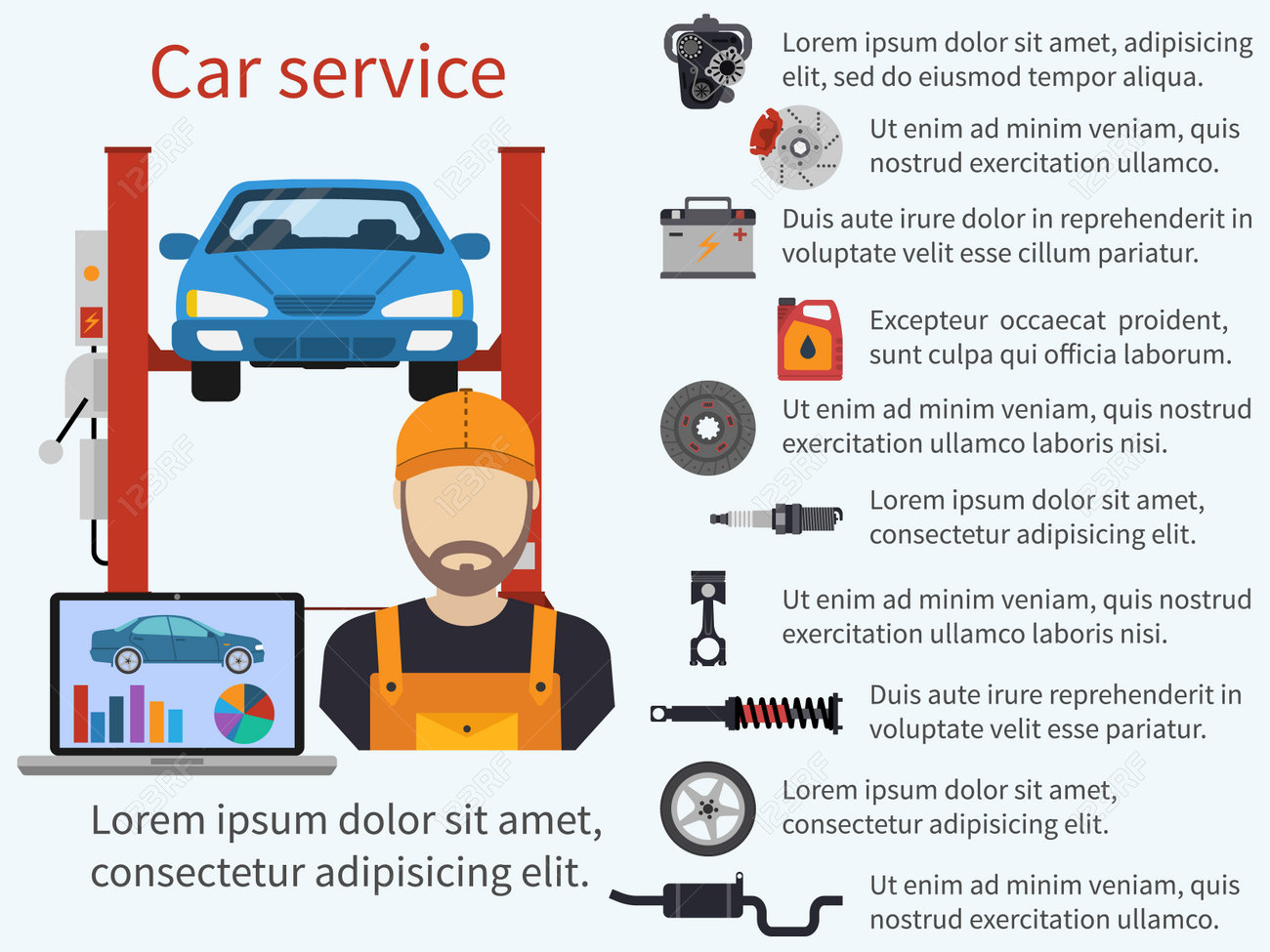Deciphering Your Car'S Warning Indicators: What They Genuinely Symbolize
Deciphering Your Car'S Warning Indicators: What They Genuinely Symbolize
Blog Article
Post Produced By-Faulkner Alvarado
When you're behind the wheel, those radiant caution lights on your dashboard can be a little bit puzzling. Do relevant website understand what they're trying to tell you regarding your auto's health and wellness? Comprehending the value of these lights is essential for your security and the long life of your car. So, the next time one of those lights appears, would not you intend to decode its message properly and take the needed actions to resolve it?
Common Caution Lighting and Interpretations
Identify usual caution lights in your car and understand their definitions to make sure risk-free driving.
The most regular warning lights include the check engine light, which signifies issues with the engine or discharges system. If this light comes on, it's essential to have your vehicle checked quickly.
The oil pressure warning light shows low oil pressure, needing instant attention to prevent engine damages.
A blinking battery light could recommend a faulty charging system, potentially leaving you stranded otherwise attended to.
The tire pressure monitoring system (TPMS) light informs you to reduced tire stress, affecting automobile stability and gas performance. Neglecting this might result in dangerous driving problems.
The abdominal muscle light indicates a trouble with the anti-lock braking system, compromising your capacity to stop quickly in emergencies.
Lastly, the coolant temperature level warning light warns of engine getting too hot, which can lead to serious damage if not solved quickly.
Recognizing these common warning lights will assist you resolve issues quickly and keep risk-free driving problems.
Relevance of Prompt Focus
Recognizing the common caution lights in your automobile is just the very first step; the value of without delay dealing with these warnings can not be emphasized sufficient to ensure your safety and security when driving.
When a warning light brightens on your control panel, it's your auto's way of connecting a possible concern that needs attention. Overlooking these cautions can lead to extra severe problems down the road, compromising your safety and possibly costing you more in repairs.
Prompt attention to warning lights can protect against break downs and mishaps. For car paint restoration , a flashing check engine light can show a misfire that, if left ignored, might cause damages to the catalytic converter. Addressing this quickly can save you from a pricey repair.
Similarly, a brake system alerting light may indicate reduced brake fluid or worn brake pads, important parts for your safety and security when driving.
DIY Troubleshooting Tips
If you discover a warning light on your control panel, there are a few DIY fixing pointers you can attempt prior to looking for specialist assistance.
engine steam clean is to consult your cars and truck's manual to recognize what the specific warning light shows. Often the problem can be as straightforward as a loose gas cap setting off the check engine light. Tightening up the gas cap might solve the issue.
One more usual problem is a low battery, which can set off different cautioning lights. Examining the battery connections for rust and ensuring they're safe and secure might repair the problem.
If a caution light continues, you can try resetting it by detaching the auto's battery for a couple of mins and afterwards reconnecting it. Furthermore, examining https://www.aftermarketnews.com/christian-brothers-announces-signed-agreement-to-bring-car-repair-to-irmo/ , such as oil, coolant, and brake liquid, can aid fix warning lights related to these systems.
Final thought
Finally, recognizing your car's caution lights is necessary for maintaining your car running efficiently and safely. By quickly resolving these signals and recognizing what they suggest, you can avoid pricey fixings and potential failures.
Remember to consult your cars and truck's guidebook for specific information on each cautioning light and do something about it as necessary to make sure a hassle-free driving experience.
Keep notified, remain risk-free when traveling!
